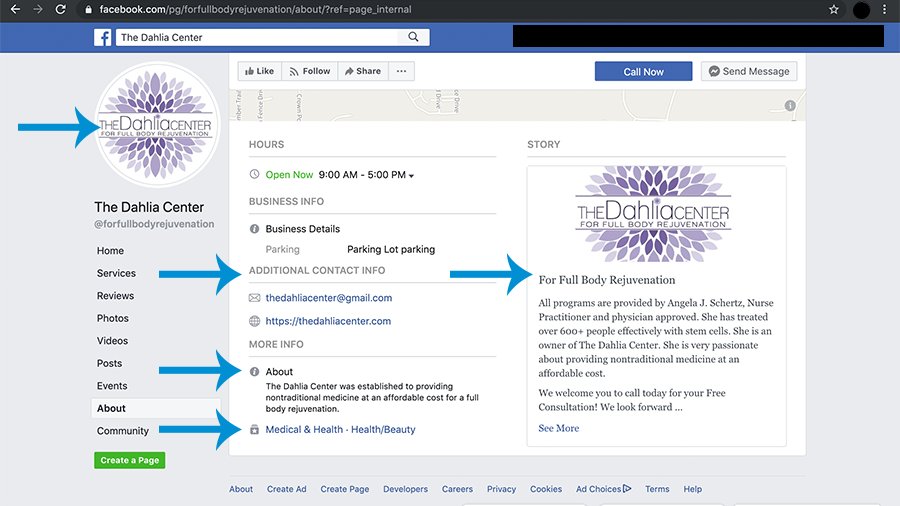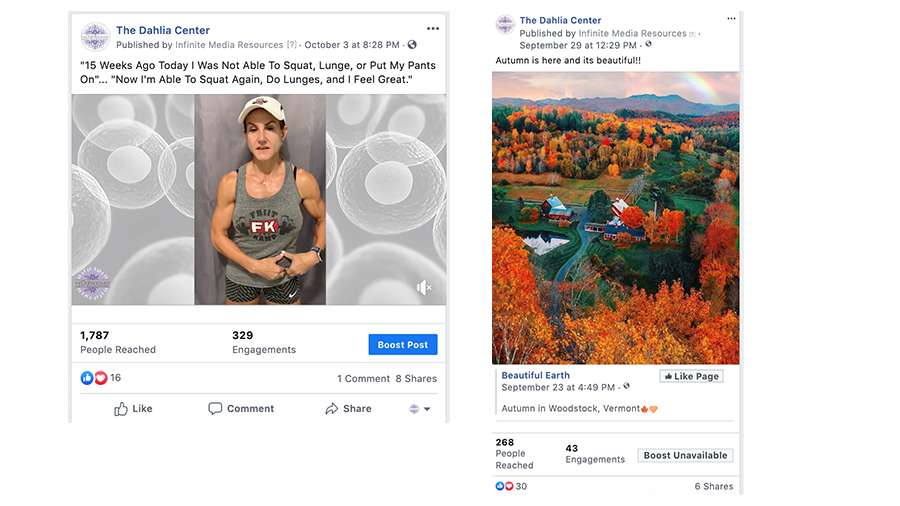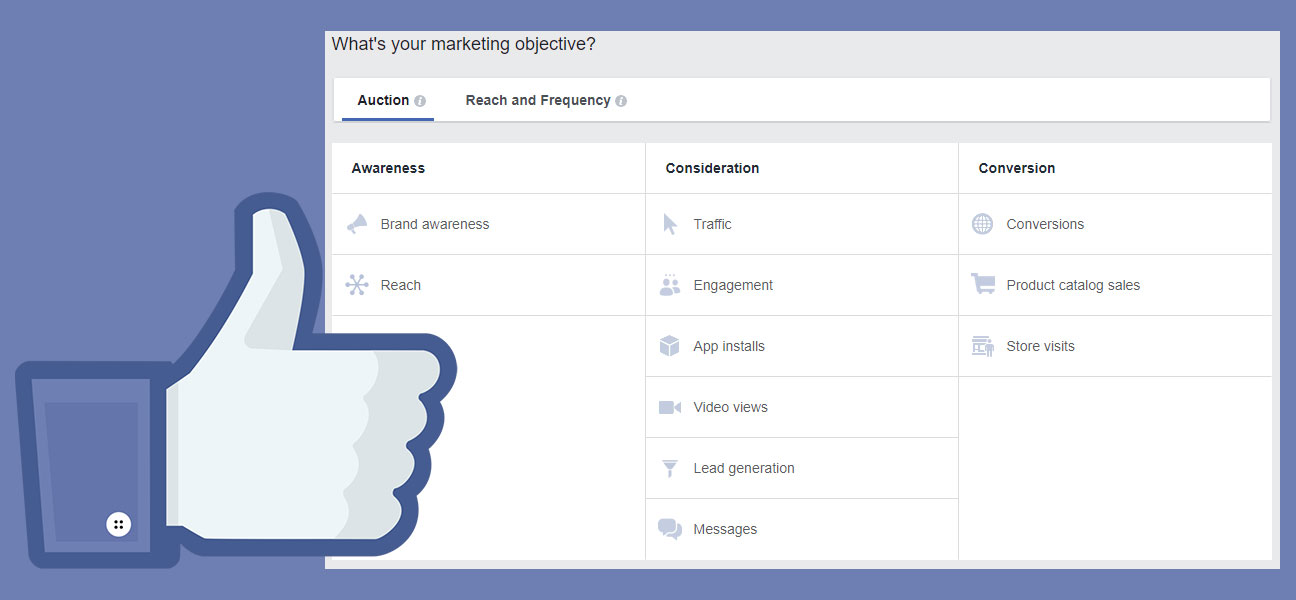What Are Good Social Media Strategies?
Good Social Media Strategies...
Are highly targeted, visually compelling, goal-specific and A/B tested consistently. The main objective is to achieve growth within your business, depending on the direct need.
Good Social Media Strategies include specific goals, metrics, measure, content and analytics. In order to create a good social media strategy there are a few questions you should consider:
- What is social imprint currently and what do you want it to be in the future?
- What are your social media goals?
- Have you found your audience? Or has your audience changed over time?
- What type of content will you publish based on the interests of your customers?
- Which platforms will you make a priority?

...wrestle through these questions so you can identify exactly which type of social media strategy best fits your needs right now.
There Are Four Main Strategies Every Business Should Foster: Conversion, Engagement, Brand Awareness, And Consumer Loyalty.
Conversion: the direct actions you want your audience to take, based on the post strategy you’ve developed. In most cases this looks like website clicks, email sign-ups, to purchasing.
Engagement: measures how your audience is interacting with your content. Your followers are usually ‘liking’, mentioning, and/or commenting on your content. Don’t take engagement lightly, having an engaged audience creates advocacy and trust. Both qualities help to solidify conversion.
Brand Awareness: use your content as a way to get the word out about your business. Branding isn’t just what you're saying about your business, it’s also created by what your audience is saying. Make sure you're clear on messaging by developing the right copy and visual elements that relate directly to your business.
Consumer Loyalty: measures how loyal your customers are to your brand and in turn you can improve on retention by carefully studying this data. Your loyal consumers will leave testimonials and repost sentiments, this also should not go overlooked.
Learn More About Social Media Marketing:
Take The Next Six Steps To Build Your Social Media Strategy.
#1.Determine Your Goal
#2.Observe And Listen To Your Audience
#3.Establish Your Metrics
#4.Tune Into Trends And Competition
#5.Curate Your Content With The 80/20 Rule
#6.Assess Your Results- A/B Test
1. Determine Your Goal
Are you launching a new product or even a new service? Do you want to create more brand awareness in a new city? Start generating short and long term goals for your social media strategy. It's important to get really clear on your social media goals. It’s ideal to have a few at a time but not too many.
As we mentioned before, rather your wanting to drive more traffic to your website or if you want to build a community, you have to be clear on what your focus is going to be.
2. Observe And Listening To Your Audience
Understanding your audience is essential to your growth, even if you have a strong customer base. Your audience changes and every change will influence your business. As your audience evolves so should your strategy.
For instance, if you own a bookstore, you’ve noticed that people are now consuming literature by audio. How is your social media strategy/business adjusting to this new trend? Something as simple as posting fun photos of audio listening on a beach or a video on how to engage with your audio book subscriptions, would be valuable to your audience.
Consider the 5W Strategy to develop your audience as your growing and as your maintaining your audience.
- Who are they? Overtime, how have they grown within each category…
-Job Title
-Age
-Gender
-Salary
-Location
- What are their interest? How are you fulfilling that?
-Entertainment
-Educational Content
-Leisure activities
-Social Relationships
- Where are they online?
-Facebook?
-Instagram?
-Tiktok?
- When are they usually online?
-Early mornings before work?
-Afternoons, during lunch break?
-Evenings
-Late nights
- Why do they care about your content?
-Are you showing them ways to be healthy?
-Are you keeping them updated on the latest trends?
-Are you showing them where to get the best food in their area?
- How do they like to consume content?
-Video
-Reading
-Images
3. Establish Your Metrics
Build your metrics by relationship building, traffic conversions, retention and customer service. In most cases this will look like shares, followers, mentions, website clicks, testimonials, and/or email sign-ups.
As a business it’s up to you to provide old and new customers with information about your brand. So don’t be afraid to reshape or to create content around the metrics you’ve measured. Before developing your metrics, do the simple work, make sure your social media channels are properly filled out from phone number to the proper website links.
4. Tune Into Trends And Competition
Staying afloat to the trends within your business our pop culture is a great way to engage organically with your audience. For example, if Michelle Obama makes a post about helping kids with obesity and everyone seems to be sharing this post. Create a post about that article and apply it to your audience. This definitely creates value and trust to your audience.
For obvious reasons, you want to know what your competition is doing. We think that reinventing the wheel is pointless, instead advance it in your own style.
5. Curate Your Content With The 80/20 Rule
Good Social Media Strategies include diversity in post types and post information. You want to provide an even balance of photos, graphics, and video within your social media strategy.
The best social media format you should follow is the 80/20 rule. Whereby, 80% of your marketing is social and 20% direct marketing.
For example, if you’re a RV Dealership wanting to properly execute this rule. Create a post strategy that offers ways to create the best experience while camping in your RV. That could be a video of a travel influencer or staff member setting up a camper, making breakfast, and eating it outside. As your filming, talk through what you're doing, have fun with it, and show off all the cool features of the camper. This is a perfect example of using the 80% rule, then maybe four post later- use the 20% rule to sale the camper.
Your social media strategy should include value through the information you post. The more organic value you offer, the more you’ll position yourself as an authority figure in a particular topic, your audience will trust you more.
There is no need to ask for anything when you do this, just simply provide valuable information. Lastly, any good social media strategy should tell a story and create a sense of enthusiasm.
Do yourself a favor and have a brainstorming session of the type of content you’d like to post and what type of content your audience would be interested in looking/learning about.
6. Assess Your Results- A/B Test
If this is your first time testing out a social media strategy, especially if it’s a paid strategy, you must critique often and have patience. A/B testing allows you to refine your marketing content.
This will allow you to have a deeper understanding of what works and what doesn’t. Make the most of your marketing spend by testing your content regularly, through variations.
The responses to the variations, such as a post length, location, or even gender will give you data for the metrics you want to test. It’s best to run a couple of tests at a time. Once you have an idea of what works on one platform, you could repeat the same format on another platform.
Develop A Strategy Around Your Pain Points.
One of the biggest complaints we receive from businesses is that they aren’t reaching their ideal audience. Mainly, the audience that wants their services and has the money to make the proper investment. How do you resolve this issue? Below we’ve provided a step by step approach on how to resolve this issue, we will use one of our clients as an example.
Four Steps To Setting Up A Good Social Media Strategy For Leads On Facebook
Set Up Your Social Media Page Correctly
Fill in all information on pages and sections including profile information (i.e. about page, graphics, website links, email, phone, mission statement, bio etc).

Next, sync Facebook Business Manager to your account.
Develop A Posting Strategy
When we took over our clients account we noticed that they were not consistently posting. So, automatically we had to make their Facebook current by posting relevant content.
The content catered to the interest of their audience. In order to understand their audience we talked with the owners and did a mock profile of their typical customer. Which were 45 to 54 year olds, middle class people, that had a unique interest in alternative medicine/therapy.

Also we took into account where these people lived and how they engaged online. It was important for us to understand their interests beyond health.
We found out that their clients were extremely family oriented and loved the outdoors. So we also built the posting strategy around those interests on the backend. By tagging keywords to the interest section of the post. On the frontend we started posting content of video and photos of funny home videos, family videos, and the outdoorsCreating Ads
Depending on your business goals, chose Awareness, Consideration, or Conversion. Within each column you have a refined list of objectives. Each objective will create an ad for that specific purpose.

- Awareness
* Brand Awareness: Increase awareness about your brand with the right audience.
* Reach: Send your ad to the maximum number of people. - Consideration
* Traffic: Send more people to your website, an app, or Messenger conversation.
* Engagement: Increase post engagements, Page likes, event responses or offer claims.
* App Installs: Increase app installs.
* Video Views: Increase viewership.
* Lead Generation: Drive more sales leads, such as email addresses, from people interested in your brand or business.
* Messages: Get more people to send messages to your business in Messenger. - Conversion
* Conversions: Drive valuable actions on your website or app.
* Product Catalog Sales: Create ads that automatically show products from your product catalog based on your target audience.
* Store Visits: Get more people nearby to visit your brick-and-mortar locations.
- Awareness
Since our client wanted more leads for their services and events we chose 'Brand Awareness' as our first ad strategy. We made our audiences specific to the ads we wanted to run.
For example, our client offers services such as hair loss treatment and micro needling. It was important to create too types of audiences for these ads. Why?
Because as we reviewed the data, males typically loose hair faster and therefore seek hair loss treatment faster.
The best use of our marketing dollars was to use males as the dominate demographic.
After you’ve picked your objective and made your audience as specific as possible, back your ad up with a budget. You don’t have to invest ton a money. Start with just $20.00, see the results you get.Test: A/B
Keep changing your strategy until cost are lower, Facebook’s algorithm is difficult, we all know that. However, as you're managing your ads you will have to adjust your copy and graphics, regularly.
Get use to this, don’t resist it, because it will happen. If nothing else encourages you to stay optimistic, just imagine the wonderful ROI on all your hard work.
You might get to a point where Facebook doesn’t want to work for you, so when you get stuck, don’t worry we are here!
